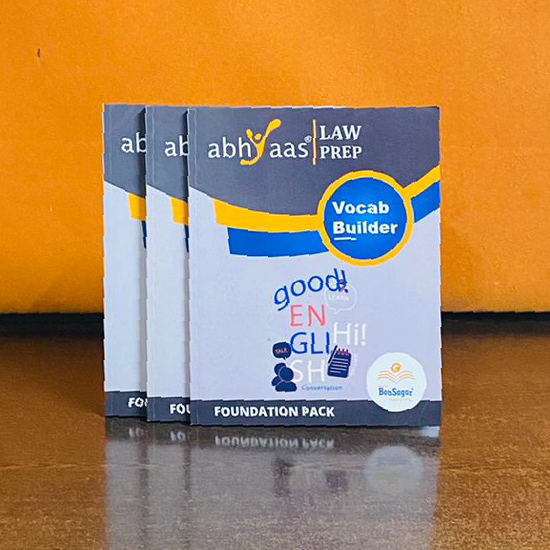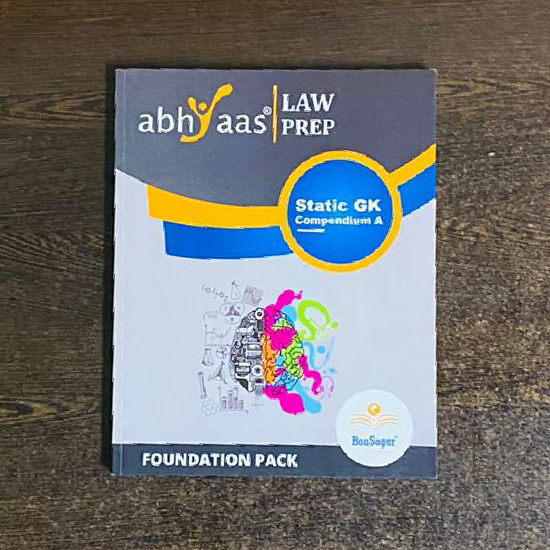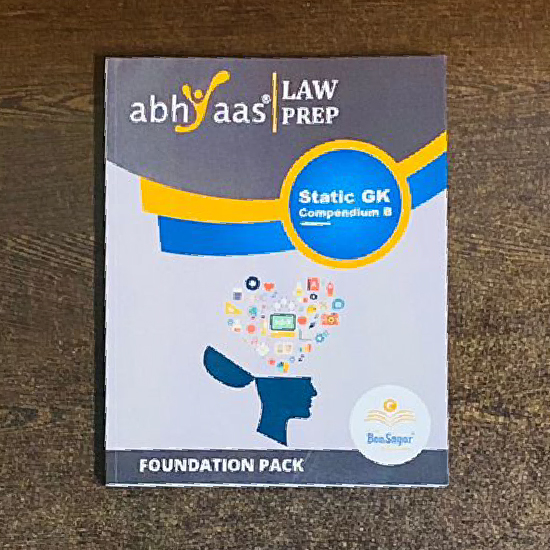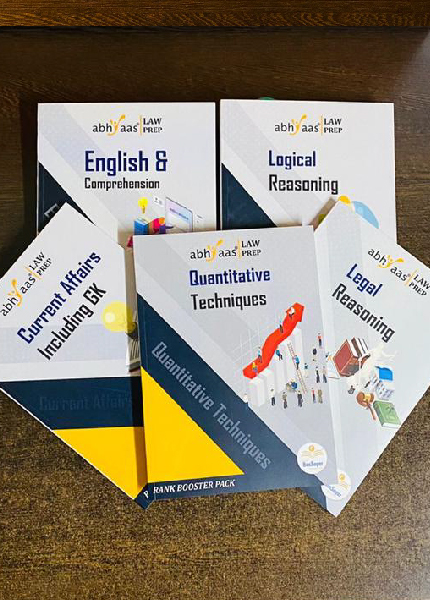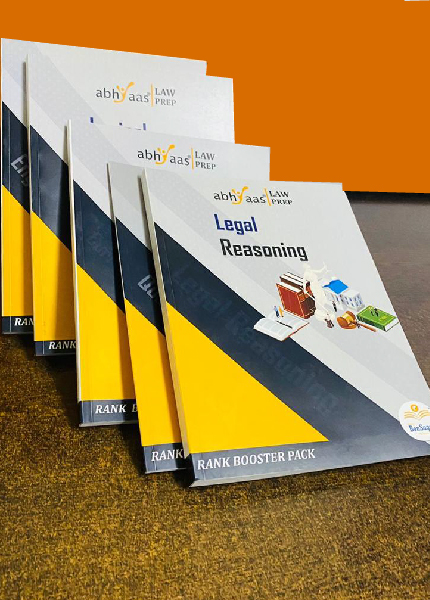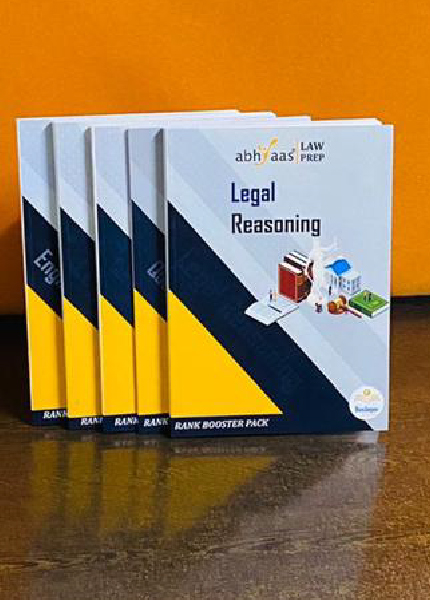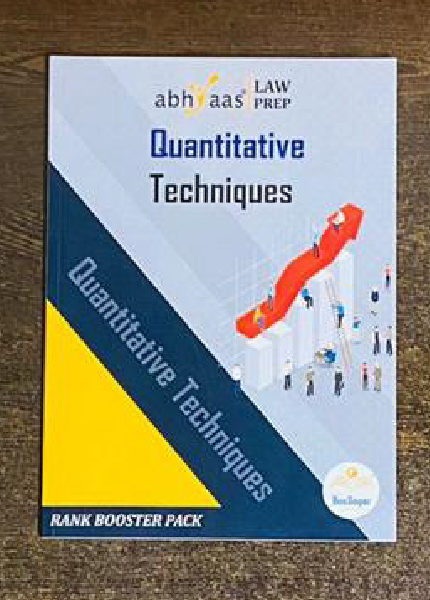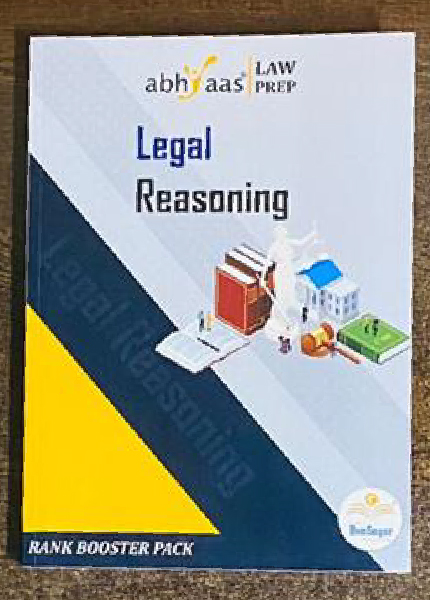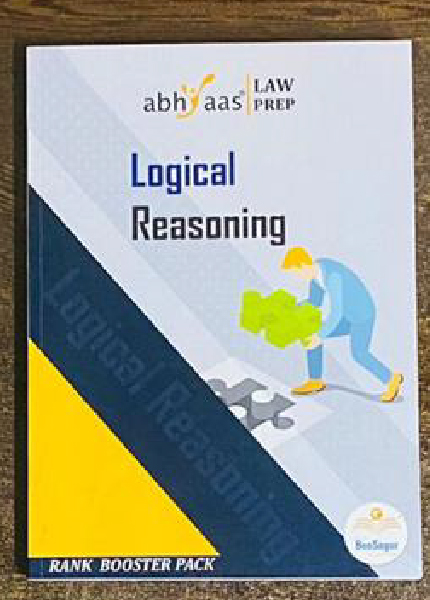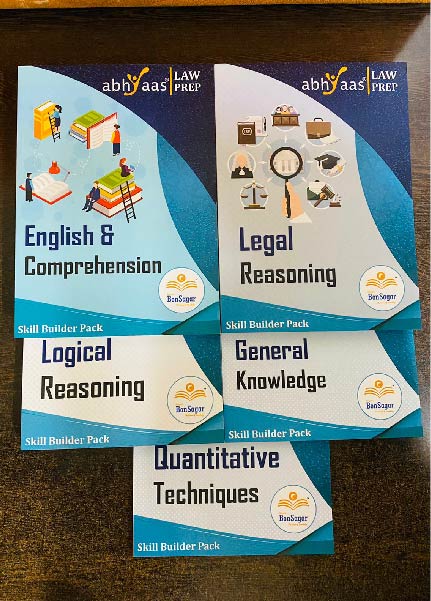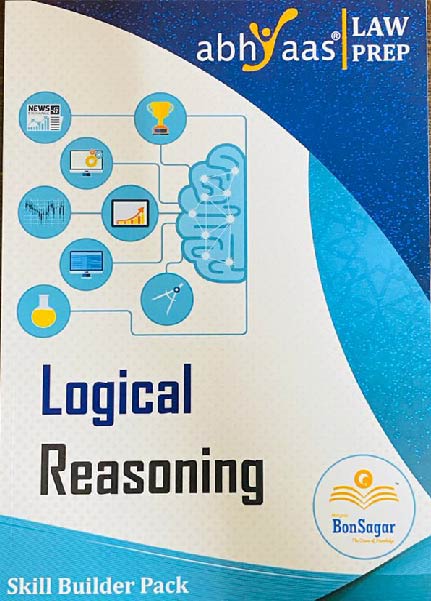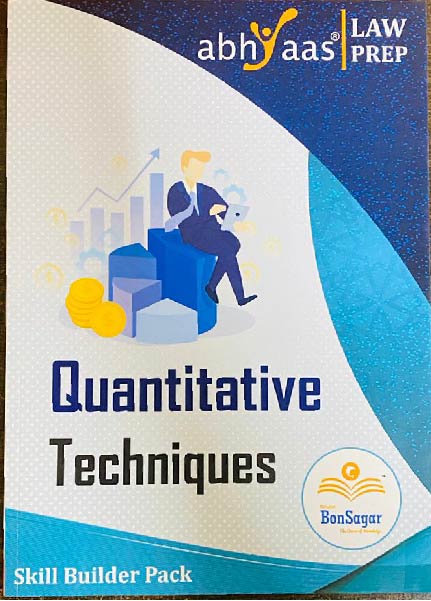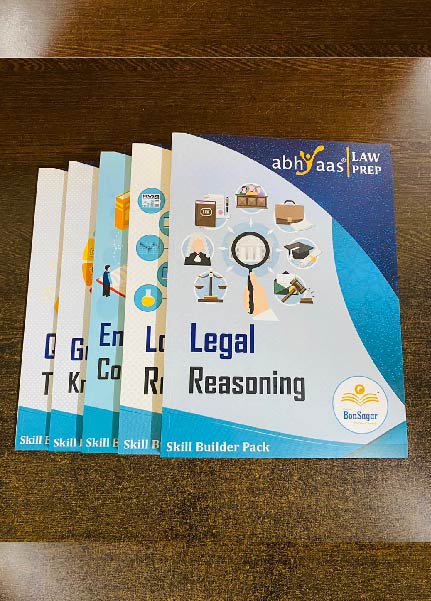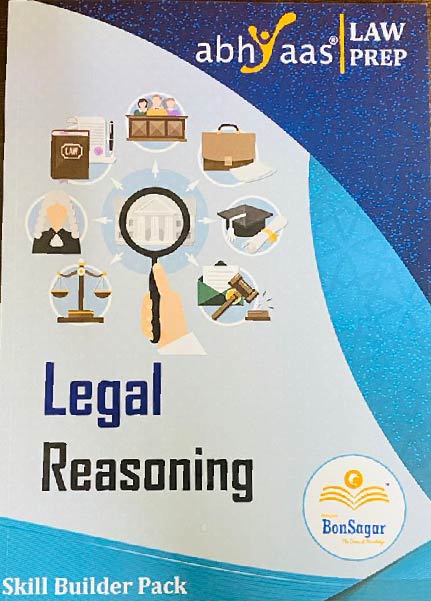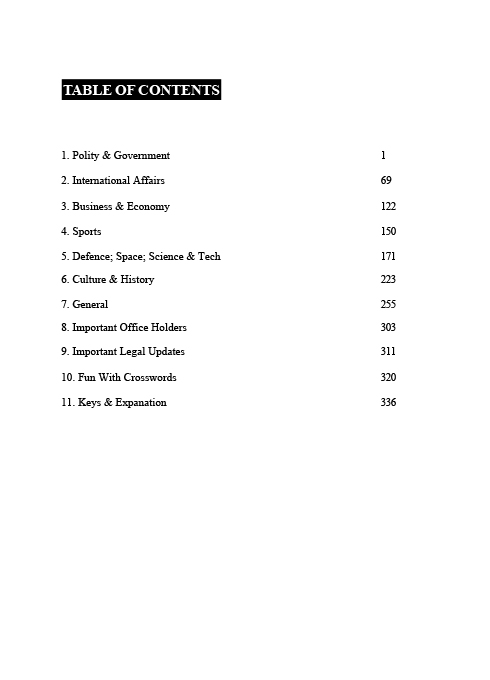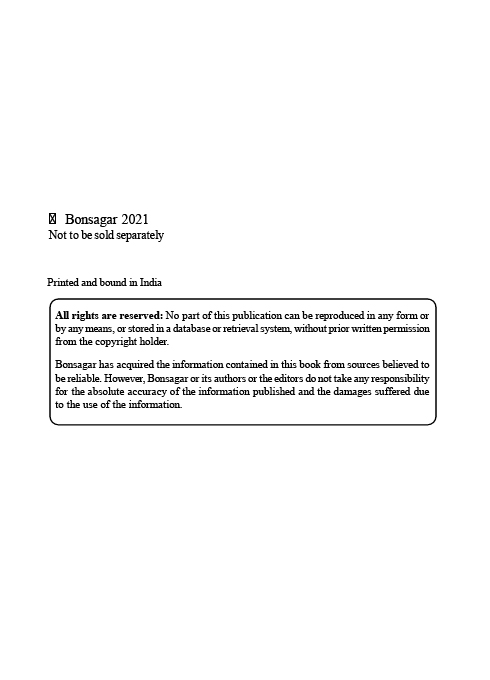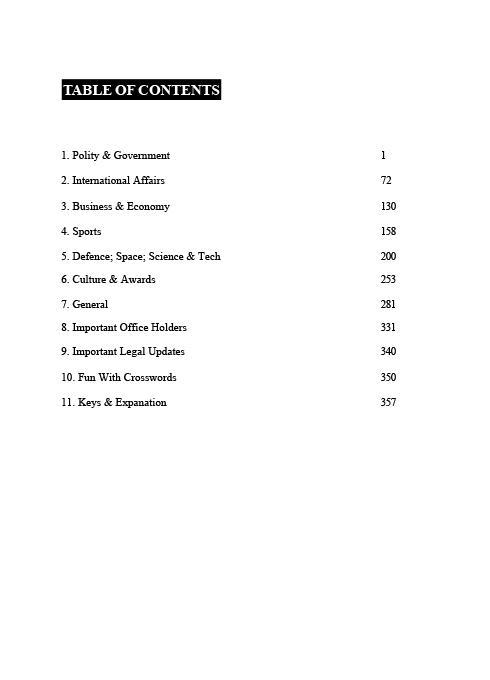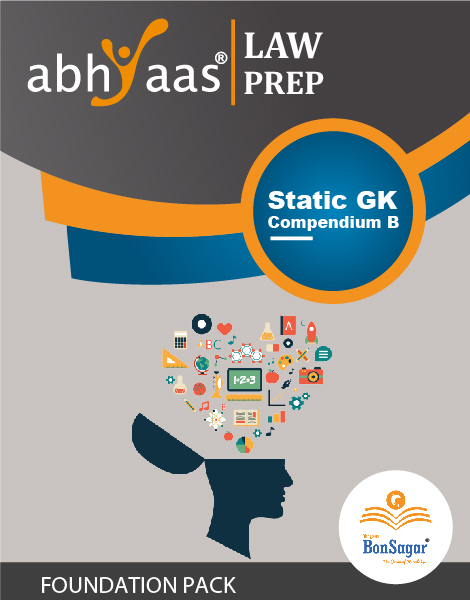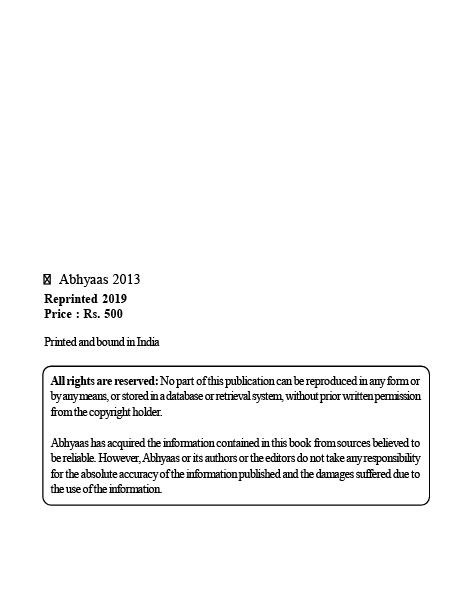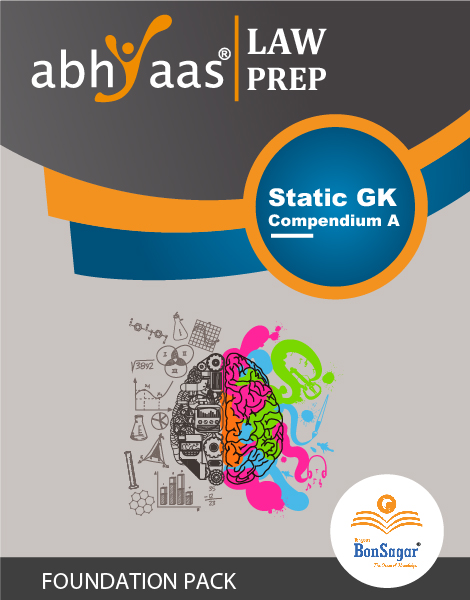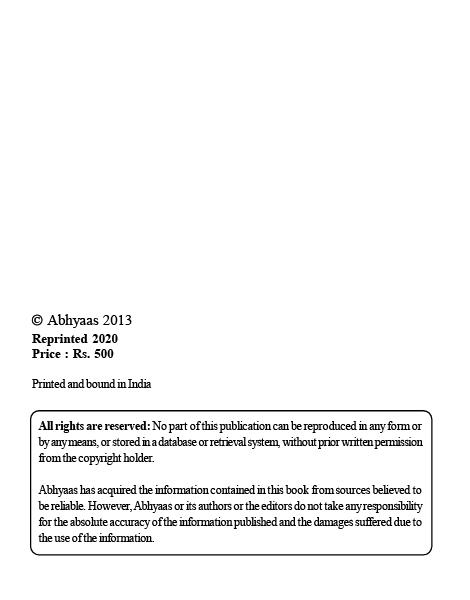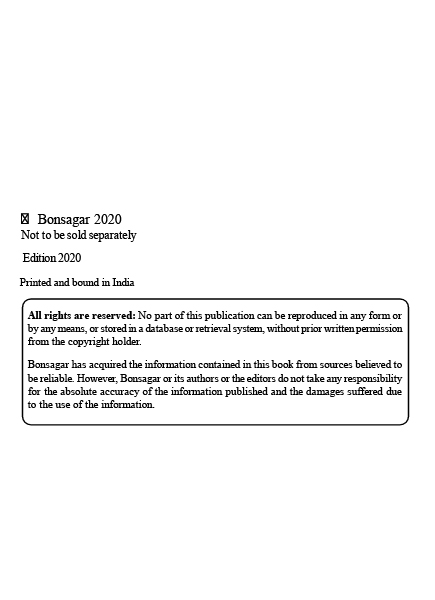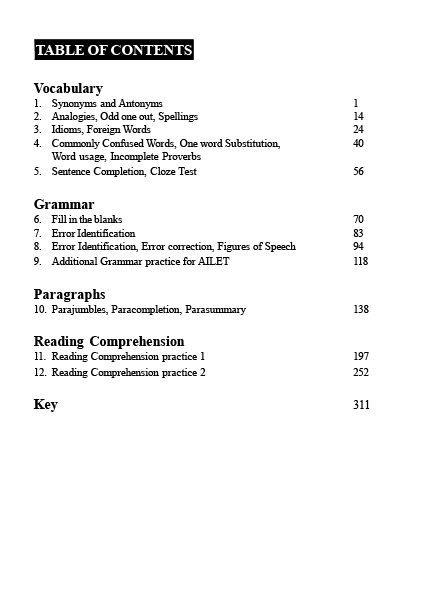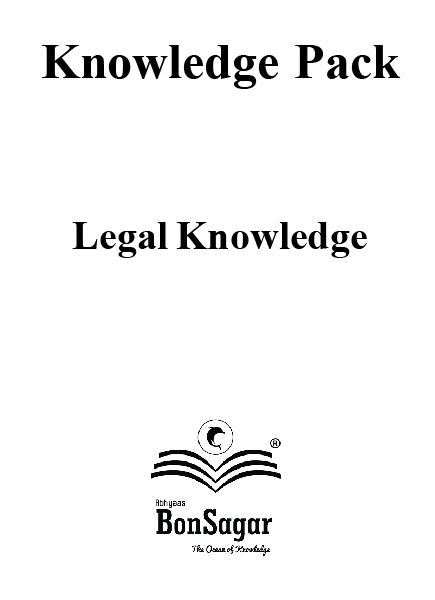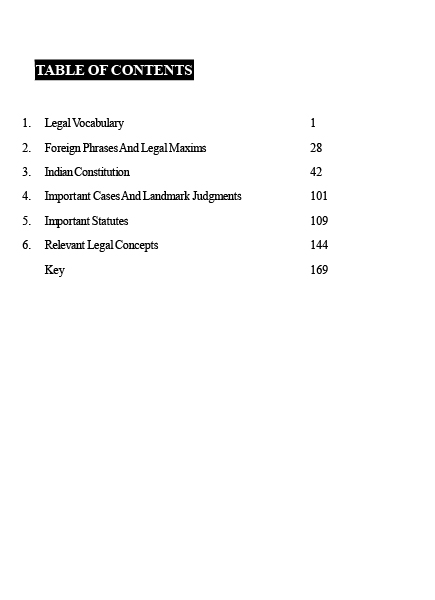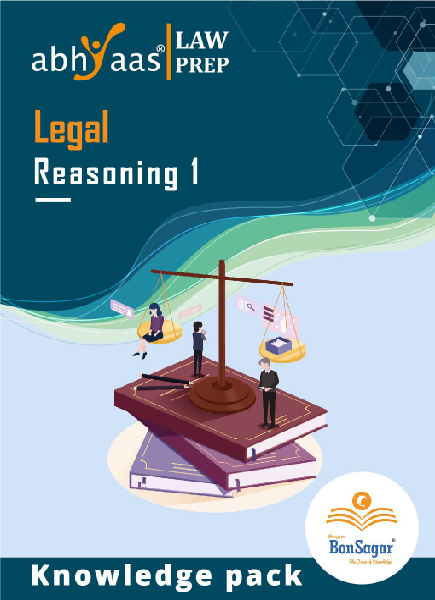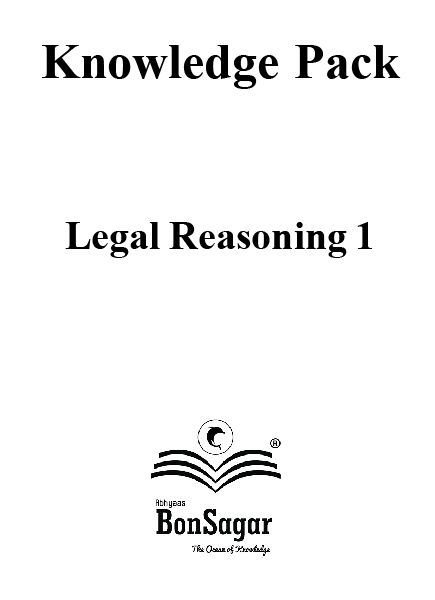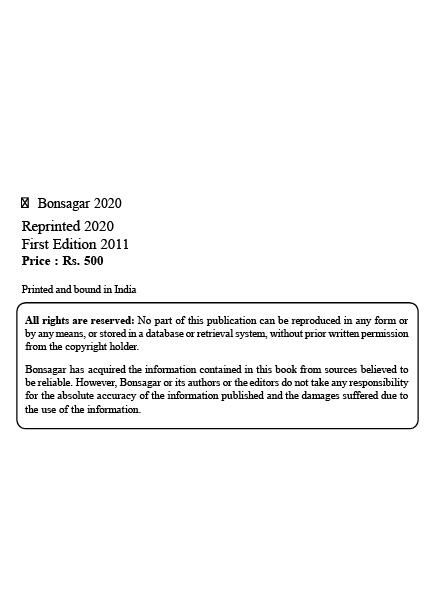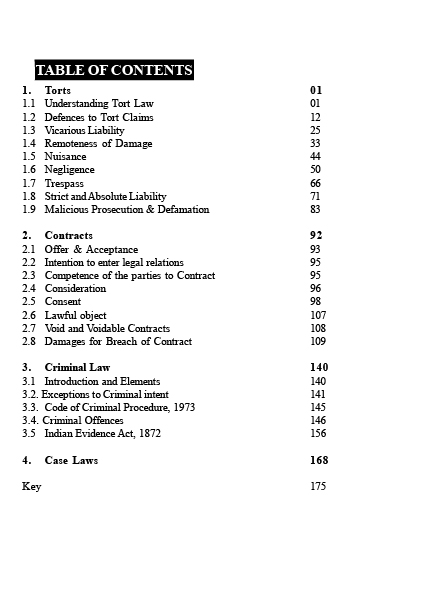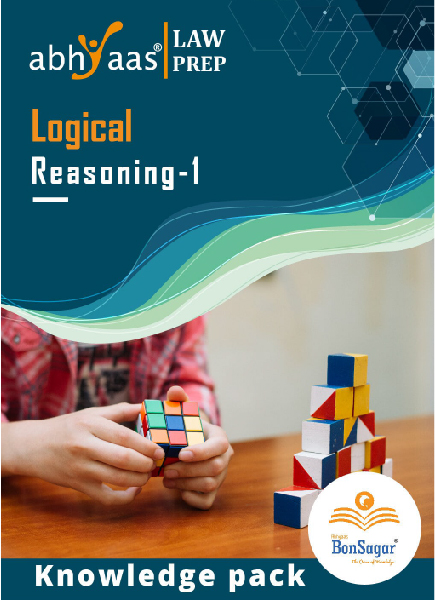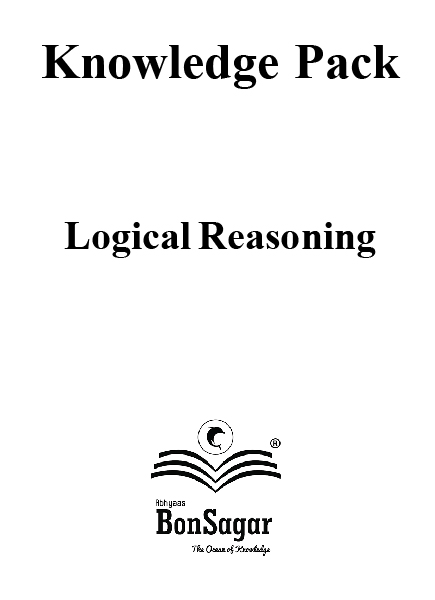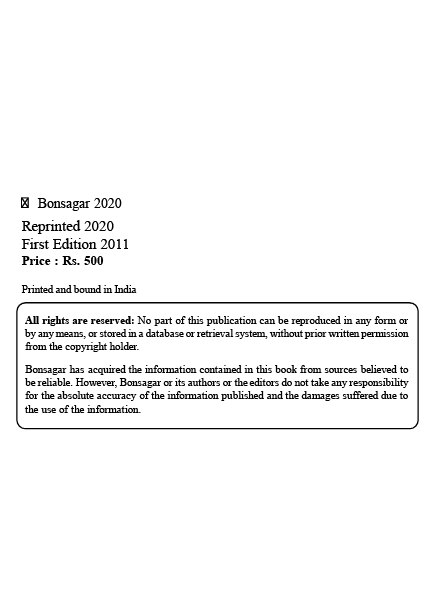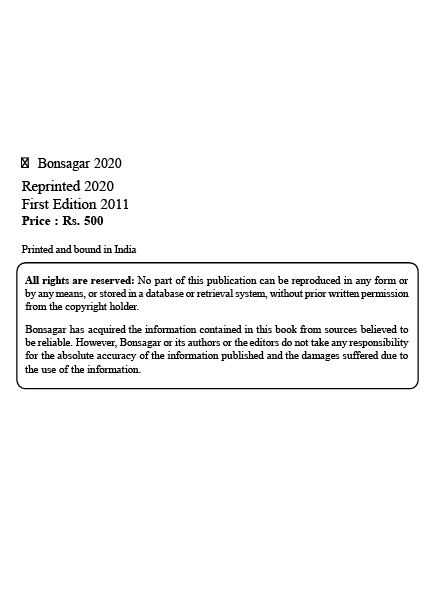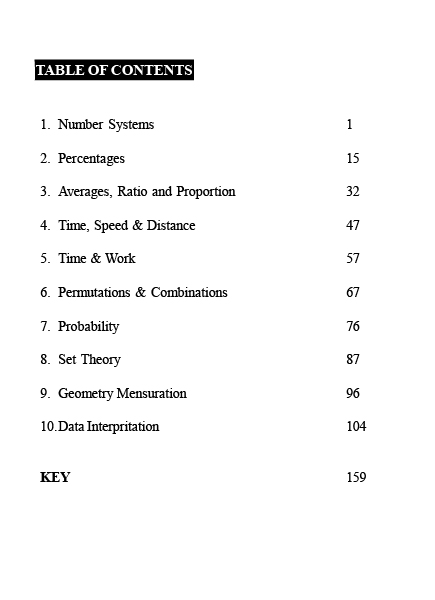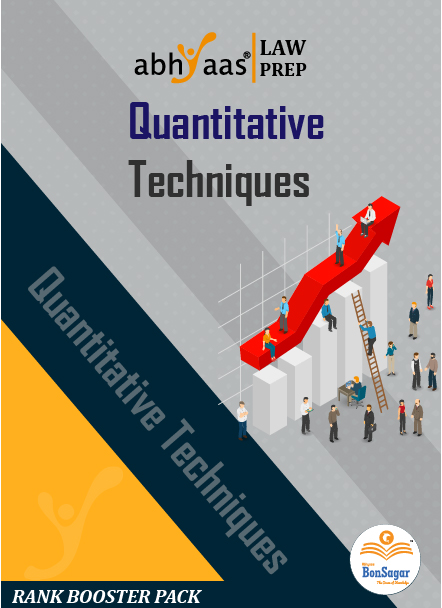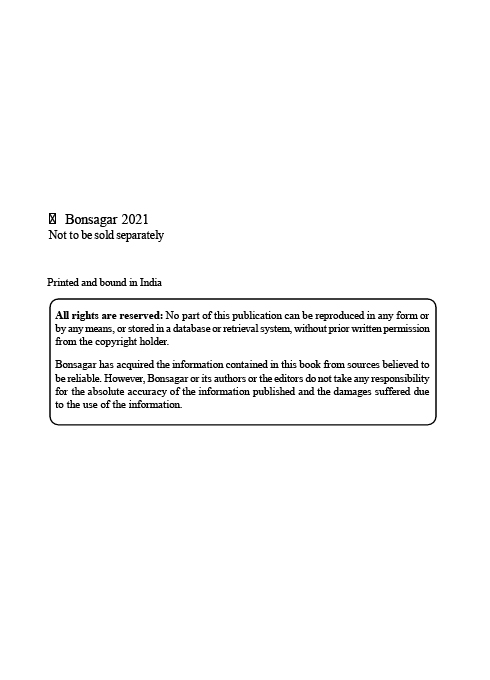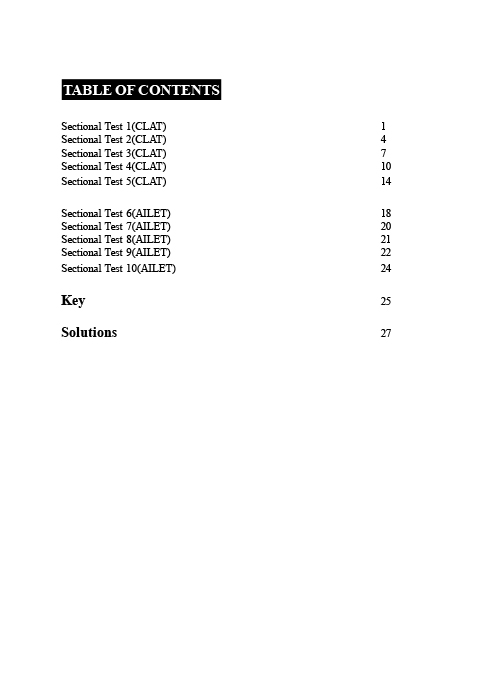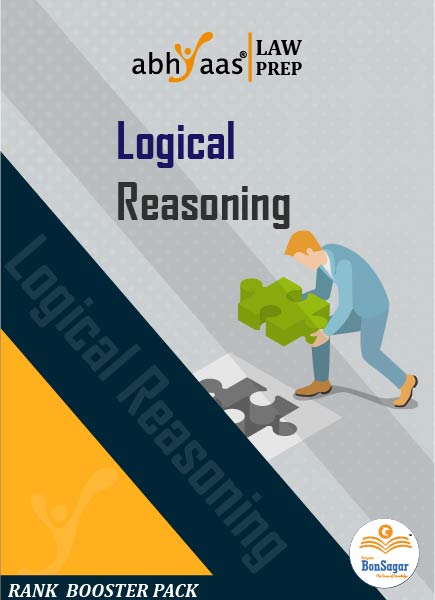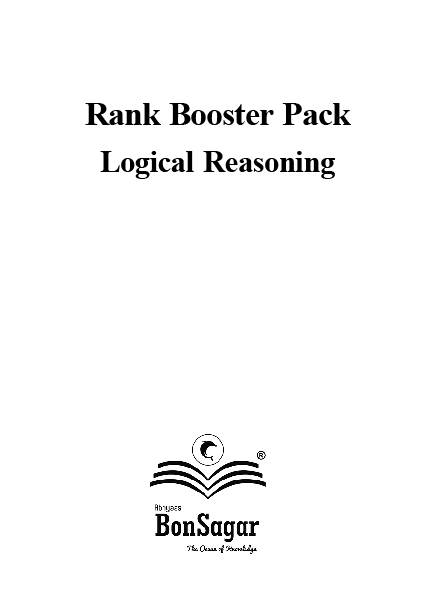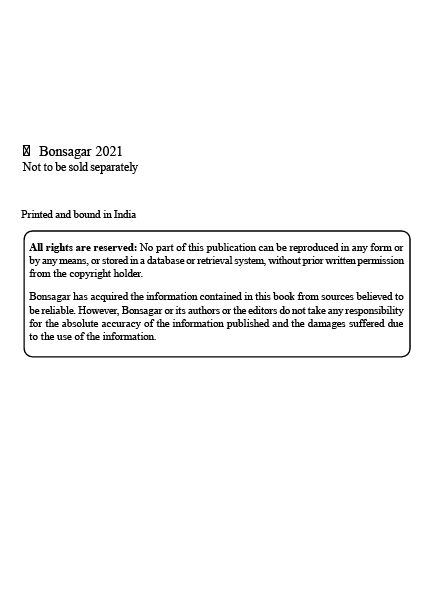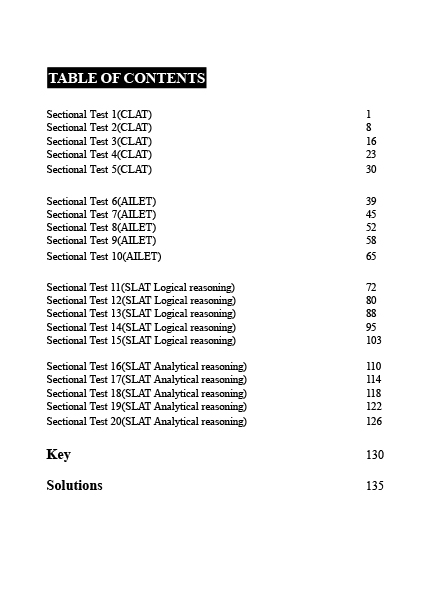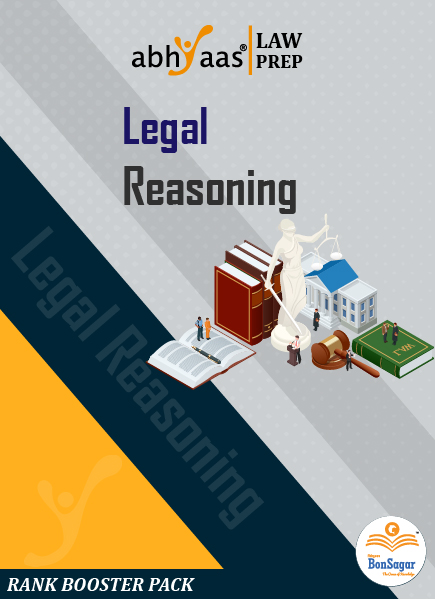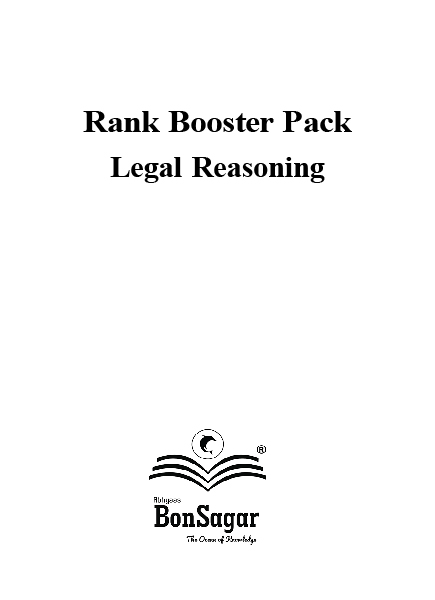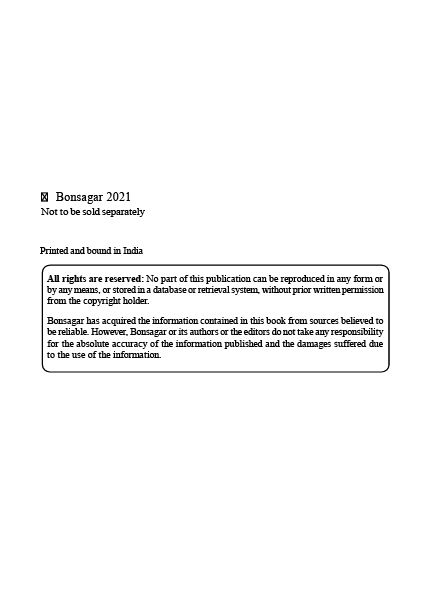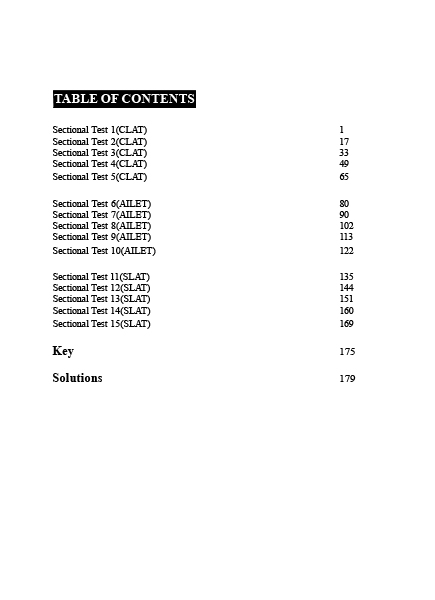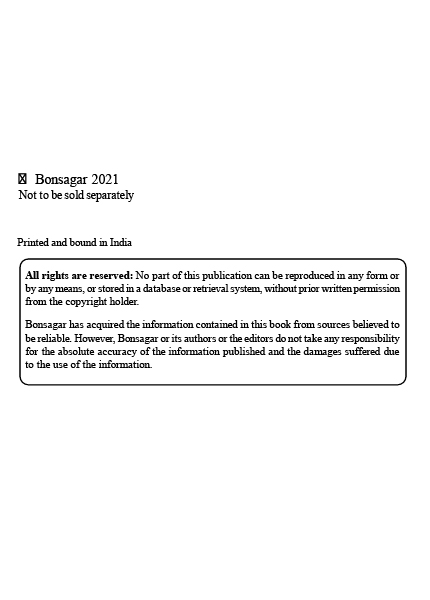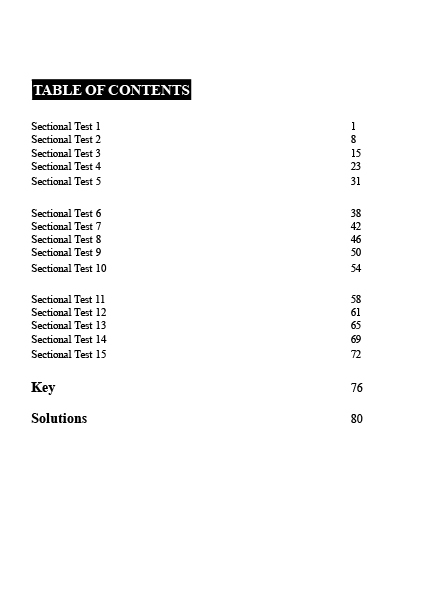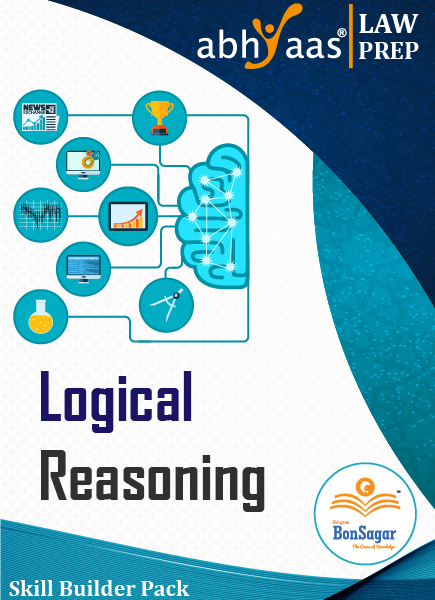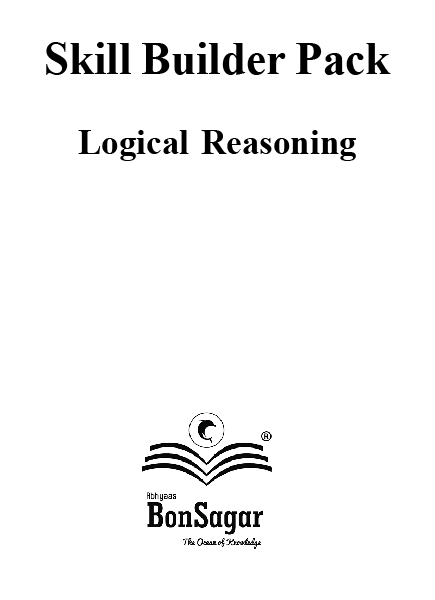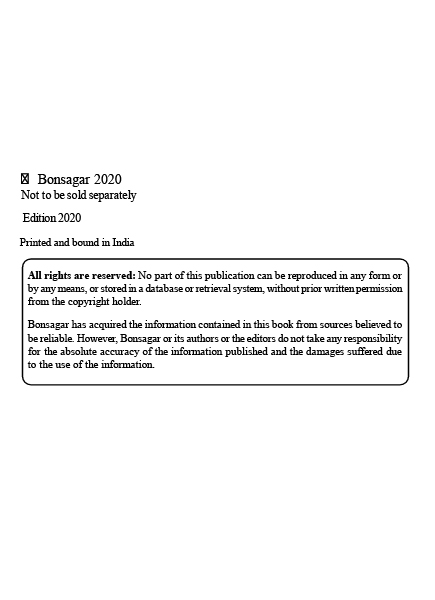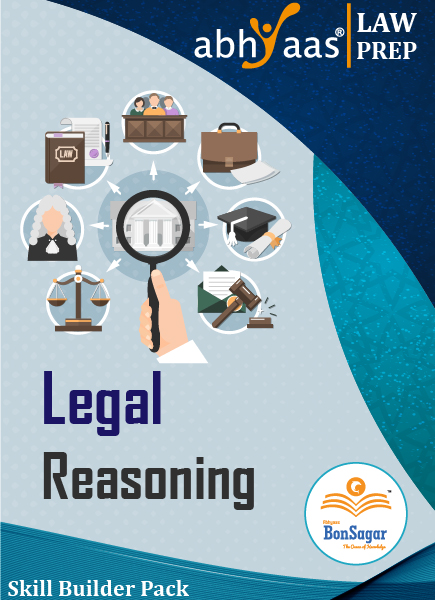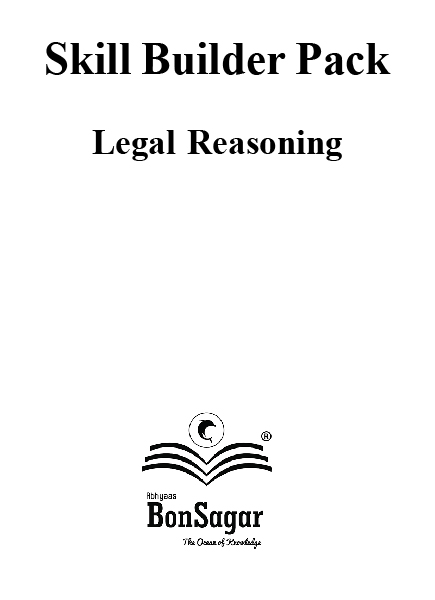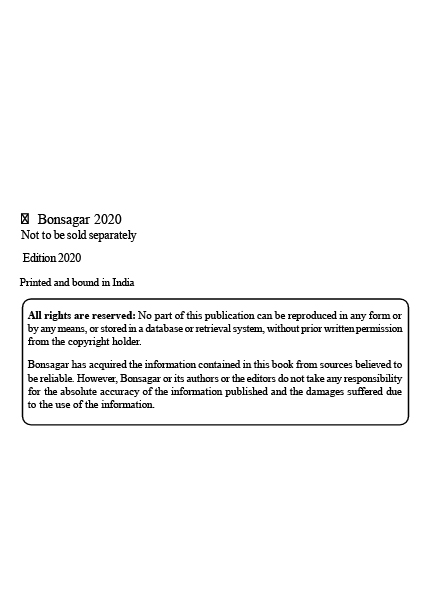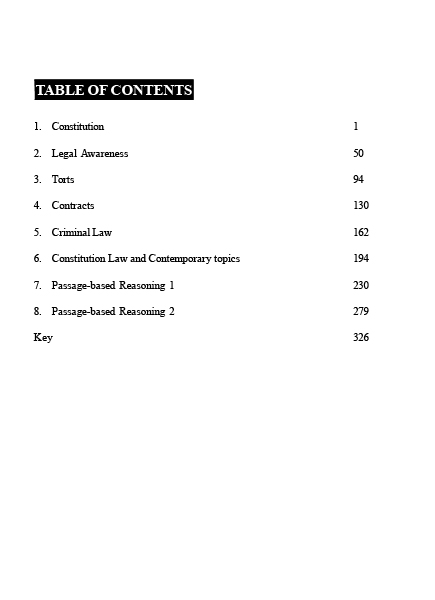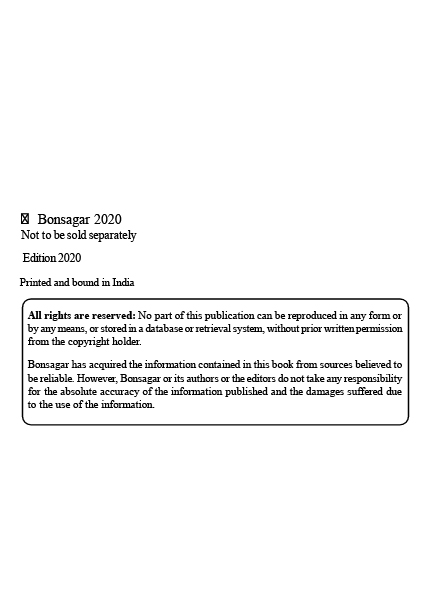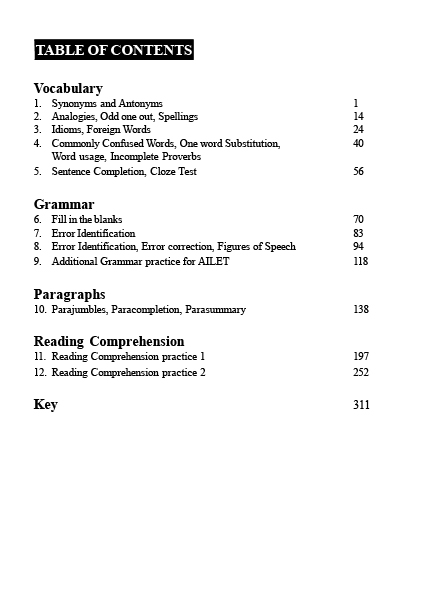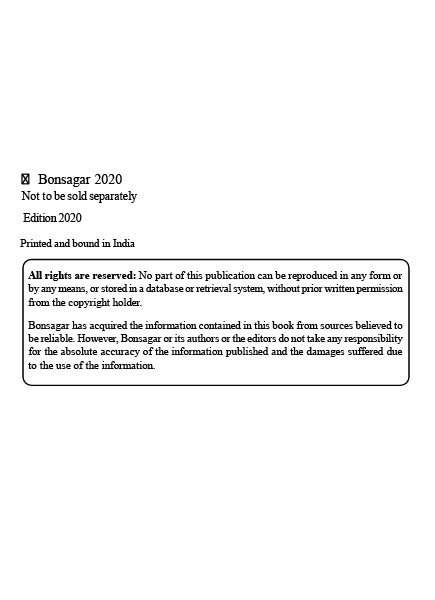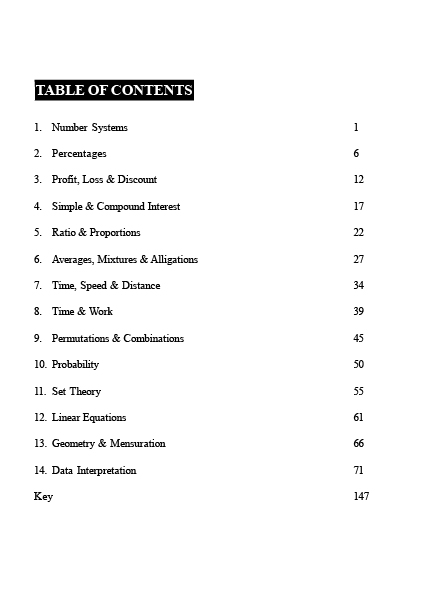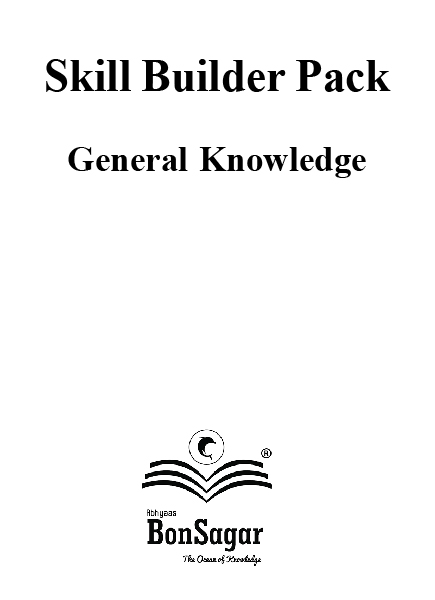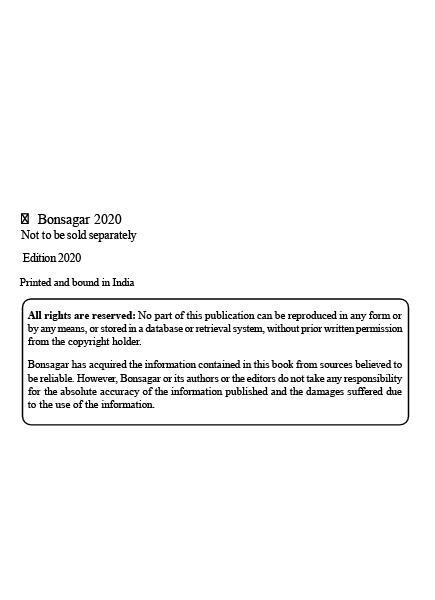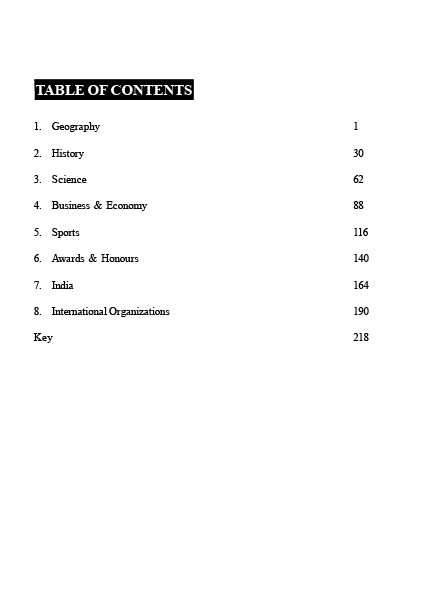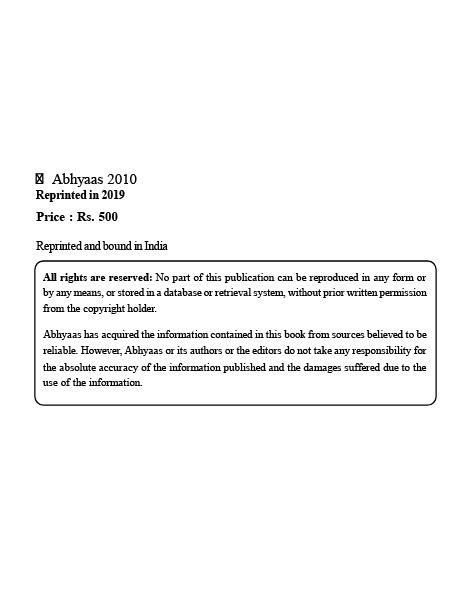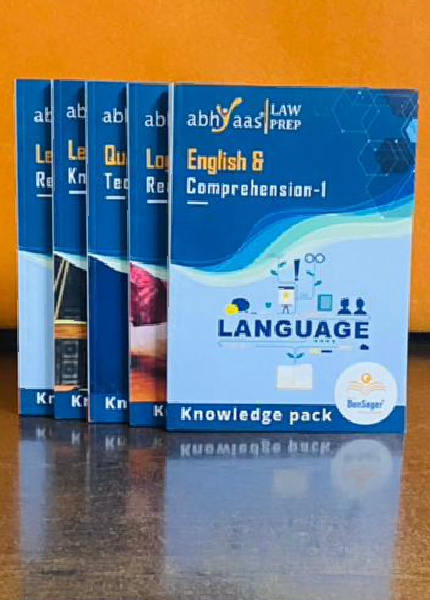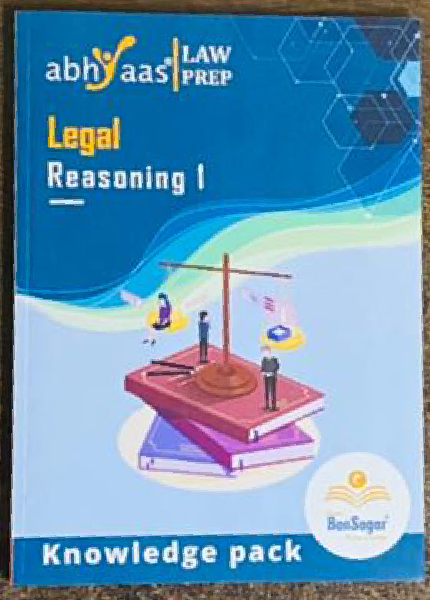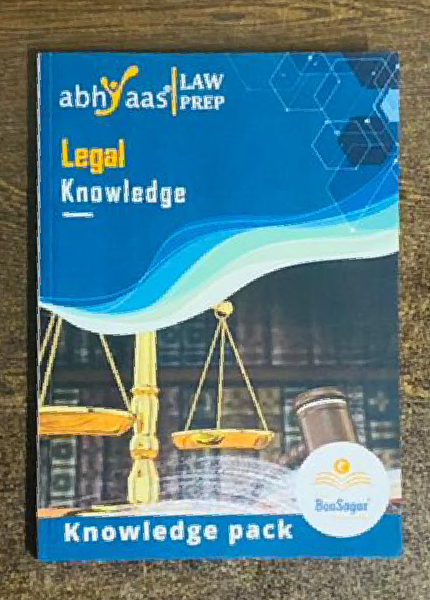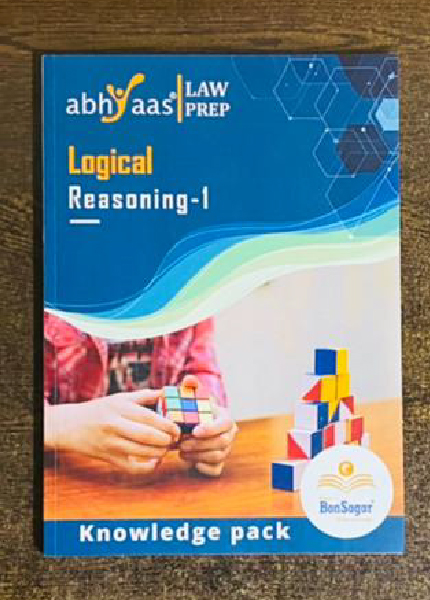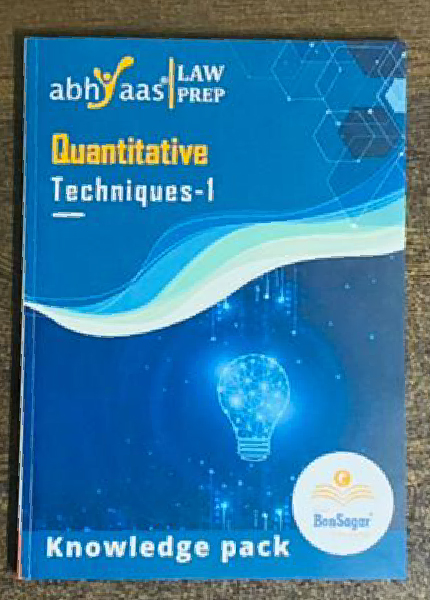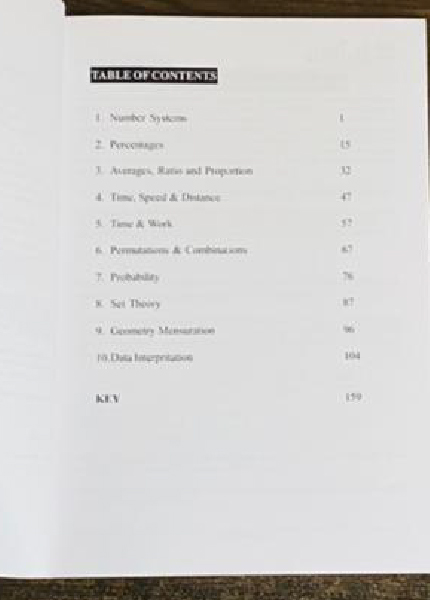
GENERAL DEFENCES IN LAW OF TORTS
GENERAL DEFENCES IN LAW OF TORTS
A broad variety of civil wrongs that cause pain or injury to people or their property are covered by the law of torts, which is a branch of the legal system. It is possible to hold someone accountable for the harm they create when they commit a tort. To evade or lessen their obligation, defendants may, nonetheless, use general defences in some circumstances. These defences work as legitimate reasons for their behaviour in court or as an acceptable explanation for their behaviour. The several broad defences offered by tort law will be discussed in this article.
What General Tort Defences Are Used For
To provide a fair and just balance between the legal rights of the plaintiff and defendant, general defences in tort law serve this objective as their principal function. These defences are essential to guarantee that the defendant’s legal rights are upheld and that they are not held accountable for events that were beyond of their control.
These defences further offer a framework for evaluating whether the defendant’s actions were appropriate in the circumstances.
Consent:
The theory of consent is one of the foundational concepts of tort law. A person may not have the right to sue for any resultant injury if they actively and deliberately consent to engage in an activity that includes inherent risks. For instance, permission letters that acknowledge possible dangers are frequently needed of participants or patients before contact sports or medical operations. The defendant may assert the consent defence if the damage takes place while the agreed-upon action is still being performed.
CONSENT THAT WAS FORCED UPON SOMEONE
When someone agrees to something against their will or under coercion, there is no consent.
It is also appropriate when the individual granting consent does not have complete discretion.
This circumstance typically occurs in a master-servant relationship when the servant is required to carry out all instructions from his master.
Thus, when a servant is forced to perform a task against his will, the maxim volenti non fit injuria does not apply.
However, if he acts on his own initiative and without being coerced, he may use the defence of consent.
THE AGREEMENT MUST BE FREELY GIVEN.
It is crucial to establish that the plaintiff’s permission was freely provided for this defence to be effective.
It is not a strong defence if the permission was gained by any form of coercion or deceit.
Any action taken by the defendant must have consent.
For instance, if you invite someone over for supper and they enter your bedroom without your permission, that person will be charged with trespassing.
Necessity
The defence of necessity is invoked when a person is forced to choose a course of action that would otherwise be viewed as criminal in order to avert a more serious wrong. Defences based on need can be classified as either (a) public or (b) private.
(A) Public necessity is when someone acts in the public’s or society’s best interests, even if doing so harms another person or their property. A person could, for instance, trespass onto another person’s property or destroy it in an emergency to safeguard the larger public interest. In certain situations, the defendant may contend that their acts were required by the situation.
On the other hand, (b) private need refers to a circumstance in which a person takes action to save their own rights or property. Even though they could damage someone else’s property as a result, they might be exempt from accountability since their acts were necessary.
Self-defense:
Self-defense is a recognised strategy that people can use to defend themselves from violence or damage. Someone has the right to use force in self defence if they have a good basis to feel they are in immediate danger. However, the amount of force employed must be commensurate with the danger. The defensive could not be effective if excessive force is applied. In addition, the idea of withdrawal can be relevant, requiring the person to make an effort to avoid the circumstance before using
self-defense.Contributory Carelessness:
When the claimant’s own fault contributed to the injury they experienced, the defence of contributory negligence may apply. If the claimant is determined to have contributed to their damage, compensation may be limited or totally disallowed in some countries. Comparative negligence, in which the claimant’s compensation is diminished in direct proportion to the degree of their culpability, has gained popularity in several countries.
Risk Assumption voluntarily:
A defendant may contend that the claimant voluntarily exposed oneself to a known danger and accepted the repercussions as part of the voluntary acceptance of risk defence. This defence is frequently used in situations when the claimant engaged in a risky activity or sport while being aware of the risks involved. However, the defendant must show that the claimant had a complete grasp of the dangers involved for the defence to succeed.
Statutory Authority:
When a defendant’s conduct are required or permitted by law, they may be excused under the doctrine of statutory authority. Any harm that results from someone operating in accordance with a law, rule, or official direction may not be held against them. It is crucial to remember that this argument is contingent on the lawfully granted power being used appropriately.
Plaintiff’s negligence
This defence must be used in order for the defendant to be eligible, and negligence is a must. There is a presumption that the defendant won’t be held accountable if the plaintiff agrees to take a certain amount of risk. As an illustration, if a patient consents to surgery and the procedure is unsuccessful, the plaintiff is not allowed to launch a lawsuit. However, if the surgery was botched owing to the carelessness of the surgeon, the plaintiff would be eligible to submit a claim for damages.
The use of general defences, which enable defendants to avoid or lessen their culpability for civil wrongs, is crucial in tort law. Any of these defenses—consent, necessity, self-defense, contributory negligence, voluntary assumption of risk, or statutory authority—provides the defendants with legitimate justifications or explanations for their acts under the law. Understanding these defences and how they apply in various situations is crucial for anybody studying or working in the field of tort law. Courts work to find a balance between awarding damages to harmed parties and upholding fairness and justice in court proceedings by examining the circumstances and determining whether a defence is legitimate.




